The Royal Navy patrol vessel HMS Tyne has tracked a Russian Kilo-class submarine, Krasnodar, as it passed through the English Channel, as part of a NATO mission to monitor Russian naval movements.
HMS Tyne, operating alongside a Wildcat helicopter from 815 Naval Air Squadron and RFA Tideforce, maintained a close watch on the surfaced submarine during its journey back to Russia from the eastern Mediterranean.
The operation comes two weeks after Royal Navy warships HMS St Albans and HMS Mersey separately monitored Russian vessels transiting the Channel.
Lieutenant Bailey Denyer, Operations Officer aboard HMS Tyne, commented on the mission, saying: “Activations like the one we’ve seen on this patrol to track Krasnodar are our bread and butter – defending UK sovereignty and that of our NATO allies is at the very heart of what the Royal Navy does.”
The patrol vessel intercepted Krasnodar near the French coast, tracking its movements as it headed eastward. Once the submarine exited UK waters, responsibility was transferred to NATO allies. Shortly after, HMS Tyne was redeployed to monitor the Russian Steregushchiy-class corvette Boikiy as it navigated westward from the Baltic Sea through the Dover Strait. HMS Tyne later shadowed the corvette on its return journey alongside three Russian merchant ships: Baltic Leader, Patria, and Cebepa.
HMS Tyne’s recent activity follows the UK government’s increased commitment to defence, with a pledge to raise spending to 2.5% of GDP as part of efforts to bolster national security. The Prime Minister, attending the Joint Expeditionary Force leaders meeting in Oslo, is expected to discuss further measures to protect the UK and Euro-Atlantic critical infrastructure.
HMS Tyne has recently returned to operational service following maintenance and joins sister ships HMS Mersey and HMS Severn at the forefront of UK maritime security.
For more details on this operation, visit the Royal Navy’s official news update.


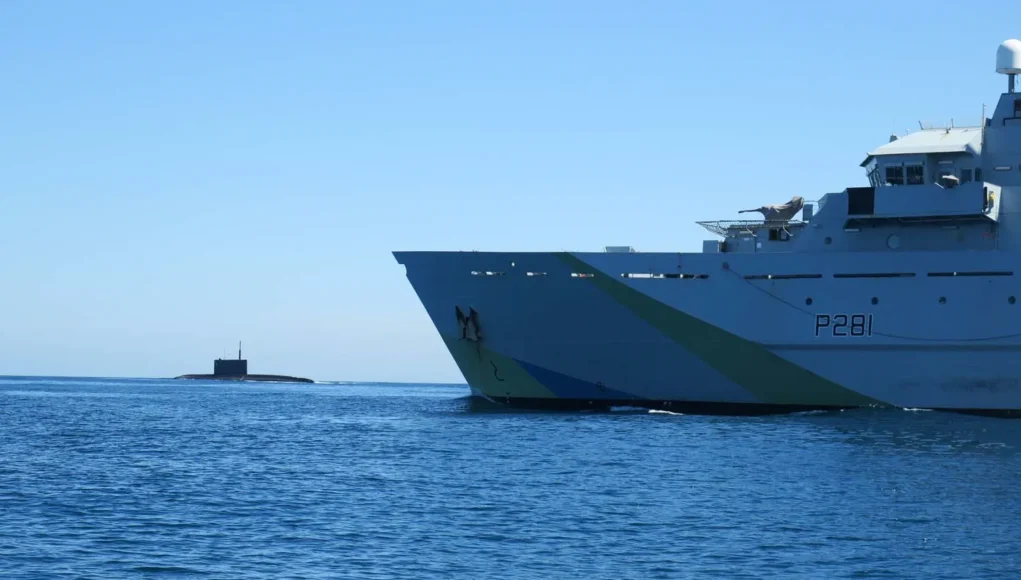
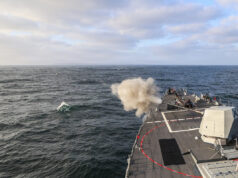
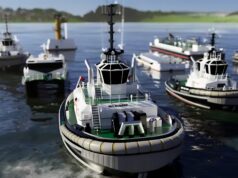
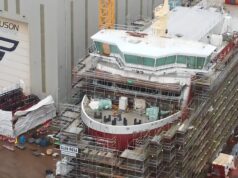
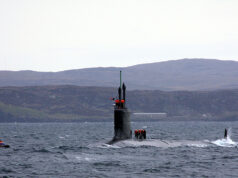
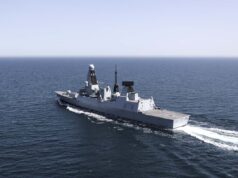
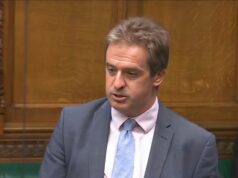
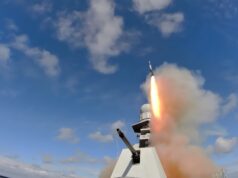
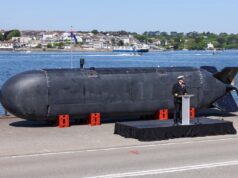
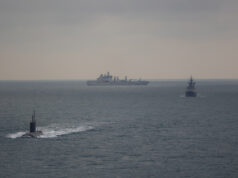
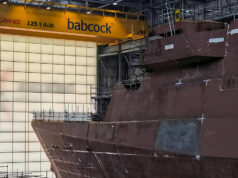

It’s one of they often overlooked facets of the number of “escorts” in the fleet is that we are operating 9 large OPv’s replacing many of the jobs the low end frigates like T21 previously did.
This was suppose to be cut to just 5 B2’s but they kept the B1 on due to migration crisis and that’s had an impact on crew numbers.
I did note that the OPVs aren’t that far off the displacement of the old Leander class. Obviously not so well armed, but if you’re just ‘patrolling’ to show presence then that’s not really an issue, (and it’s not as if a solitary frigate can do much in the face of a modern high-end threat anyway).
Also given the advent of modern drones and the like the OPVs might still be dangerous for a submarine. Sure I saw a UAV being tested recently dropping torpedoes for example – presumably they’re no less capable of dropping sonobouys.
I imagine they’d send a P8 if a foreign sub started misbehaving off the UK coast, and P8s are capable of dropping torpedoes. I’m not sure there’s any need to have the capability organically on a UK-based OPV. Whether or not it might be worth having drones to do that from River B2s in the Atlantic or Mediterranean, it should be possible in coming years.
True. But there’s no escaping the fact that the OPV’s are lightly armed in comparison and perhaps more importantly have no hangar or aviation facilities beyond a flight-deck.
And it looks like the batch 1 River’s will be leaving service without replacement in 2028.
Not replacing the RB1s would be madness, leading to more capability gapping as The B2s are returned years before T31s are deployed, but there’s so little cash in the kitty, I could see that happening. Better they extend B1’s life past 2028, but best of all would be to buy 6 small patrol vessels for home waters, even if they are from Australia or the Netherlands rather than UK made.
the B1’s are being replaced: By the B2’s. The B2’s where literally ordered as their replacements. The B1’s even started leaving service. They just got an extra lease of life when the B2’s got redirected to overseas postings.
I meant not replacing them with new.
I don’t recall history as you do. The B2s were always designed for and pointed at overseas deployment, however, they were primarily ordered to keep Govan going until the T26s could be built, and not for any particular military reason. Of course when the first three B2s were ordered, people still believed we’d be buying 13 T26s to replace the T23s, to be delivered one for one as they went out of service, they believed in the end of history, and Brexit was not yet a word. Less than twelve years ago!
The 2015 review talked about two more new OPVs. So that was the point that rumours said two of the new OPVs would replace the old UK-based ones, one for the Falklands, one for the Caribbean and one rumoured to be for somewhere like Singapore or Brunei. But still nothing official. Then came Brexit.
People were in denial about the 2016 Brexit vote for years and some thought we didn’t need a home waters patrol fleet at all. Cameron had just legged it, May couldn’t do anything in Parliament and nobody in Government was thinking about consequences to the military. At the end of 2016 the two extra B2s were ordered with still no clarity about where they would be posted. I think people assumed there’d be a rotation with a couple of them hanging around in UK waters. The B1 decommissioning was announced in 2017, and only when the French started playing Brexit silly buggers in 2018, were the B1s “saved”.
Nope. There’s a reason the B1’s where actually decomissioned after the B2’s came into service. As stated in Hansard, November 25 2015 (so no, not a rumour, the government outright stated that the B2’s where meant for UK waters) the intention was that the B2’s would replace the three B1’s on the UK station, and the Falklands Island Guard ship role. Forth replaced Clyde as planned, but Medway and Trent stayed in UK waters and replaced the decommissioning B1’s initially. It was only when Tamar and Spey came online in 2020, and 2021 that the idea of using the B2’s overseas was actually floated.
The awkward truth is that the intention was for the B2’s to replace the B1’s, but that they’ve jumped into a great defence engagement role taking low end taskings away from a shrinking Frigate fleet. The only plan as it stand now is to replace some of the B2’s with the incoming T-31’s, and return them to UK service and finally retire the B1’s.
Yep the B2s were designed as UK and Falklands EEZ patrol boats.. it was only after they did not have the frigates for the Atlantic patrol tasking north that they dropped a B1 river to do the job for a deployment cycle..then the 2015 defence review came up with the plan for 5 B2s that would take over the B1s and do overseas deployment.. in 2018 it was decided to use EU exit funding to keep the B1s running as they needed increased fisheries protection and patrol as part of leaving the EU and the navy took the opportunity to then us the B2s as frigate replacements.
In reality we do need the B2s back doing EEZ patrols they are good and big and can be good autonomous vessel motherships. The east of suez patrols should be GP frigates and the Atlantic patrol tasking north should be a ship that can carry a small ship flight. The RN could do with a 2000-3000 ton patrol ship that actually has a small ship flight for extra EEZ patrols around west Africa and the North Atlantic… one of the reasons the B2s never got a hanger was because they were for home EEZ use.
Building in UK for low end stuff is a must do. I agree with you, some reasonably small vessels would be useful. HMS Magpie came into our local marina a couple of years back. Ships like that or maybe a tad larger could do wonders as Drone carriers and mother ships as long as they have a hanger for the drones and a crane for launching small boats.
The funny thing of course is that Magpie was built in Ireland, not the U.K.
Well it is 8, and arguably 5.
Clyde was sold, so leaves 3 B1 plus 5 B2.
The B1s did not replace Frigates they replaced 5 Island and 2 Castle class in the Fishery role, which I understand has now been dropped by the RN.
The RN also had the 5 Peacocks. All smaller, yes.
Frigates on some of these standing tasks could also be re assigned to combat ops, as several were in 82. I recall some Commonwealth stood in for those then.
T21, despite its poor build material still had Exocet, Main Gun, Lynx, all which the River B2s lack.
We won’t mention Sea Cat.
I don’t describe the Rivers as replacements, though noted you said in role not in kit.
I see it as cuts having gone so far, 35 Escorts to 23, then 19, now 14, that there’s nothing else left to use.
LPDs and Waves also picked up these tasks and they’ve gone too.
To be fair the RN could never make a case for the Peacocks in Home Waters when the Hong Kong station was closed down.
Yes, a shame, I liked the look of them.
Meh, in terms of crews, they were hated in Irish service.
They were just too complex and heavy armed for home waters, had poor sea sea keeping and lacked range and other core requirements for long range patrol, the Falklands islands or Atlantic guard ship…. They were essentially ultra short range, calm sea based fast gunboats..The Irish really got a kipper and remember the UK would have had to have paid for them as well because they were essentially mainly owned by the Hong Kong government not the UK.
Yes the rivers 2 are fine for home EEZ patrol.. they are infact nice sized patrol vessels for that purpose and they could operate diverse autonomous vessels from them because of the handy crane and work deck..in reality they would make ideal local EEZ patrol mother ships and tenders.
They are completely sub optimal for what they are doing now.. extra EEZ patrol needs a few core things, the most important is a small ship flight and self defence.. rivers 2 never got this because it was not designed for world wide deployment. Really the RN could do with all the rivers at home (5) then have a new occean going patrol craft for extra EEZ duties in West African and north and south Atlantic areas..4 of them would do it 3000 tones with a hanger for a wildcat ( with magazine for missiles) and self defence ( 57mm and 40mm) fitted for but not with CAMM and NSM so they can be turned into ASuW corvettes in wartime.
Looks like the Russians are escorting their merchant ships as convoys back through the Baltic.
Only the ones contracted to the government to carry military supplies.. I would to, the Ukrainians are a very resourceful bunch when it comes to attacking ships and a contracted merchant carry military supplies is a legitimate target of war.
Thanks, I would too.